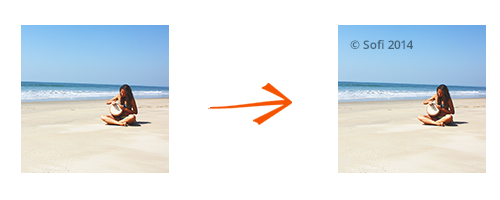
Many graphic designers prefer to use the PSD (Photoshop Document) extension when creating and editing images because of its multiple advantages. A proprietary format for Adobe Photoshop, PSD can store files with multiple layers, provides lossless compression and helps users handle a wide variety of advanced drawing options.
However, PSD files tend to get very large in size, which makes them difficult to store and transfer. Plus, they are compatible with very few other programs apart from Adobe Photoshop. For this reason, most designers prefer to convert PSD files to more accessible extensions — such as JPEG or PNG — once they are done with editing them.











